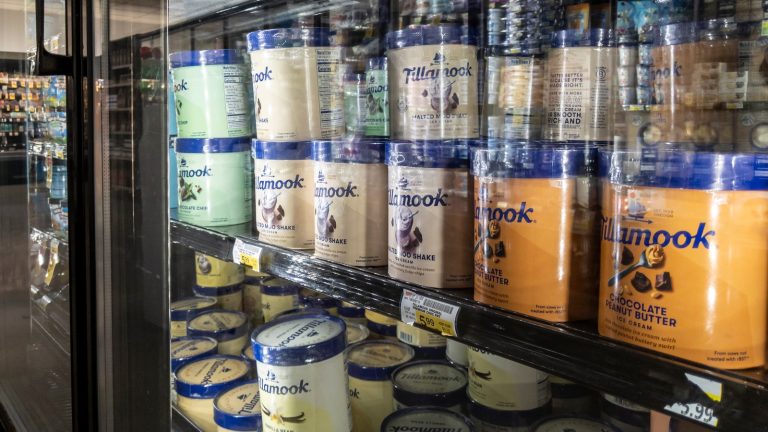There’s nothing quite as universally beloved (or distinctly American) as chocolate chip cookies. Despite their ubiquitous presence in American grocery stores, bakeries, and home kitchens, these ooey-gooey, golden-brown chocolate morsels actually boast proud roots in the Bay State. This sweet legacy was made official in July 1997, when the Commonwealth of Massachusetts designated the chocolate chip cookie as its official state cookie in recognition of its humble New England origins.
In 1930, chef and baker Ruth Graves Wakefield and her entrepreneur husband, Kenneth, bought a little cottage in the small town of Whitman, Massachusetts, for just $6,500. Soon, the couple transformed this everyday family home into the Toll House Inn, where travelers could stay the night and enjoy some of Wakefield’s famous confections. Always up for a bit of culinary experimentation, Wakefield was tinkering around while traveling, and as the legend has it, she chopped up a Nestlé chocolate bar into small pieces, adding them into a butterscotch cookie dough.
Unlike today’s chocolate chip cookies, which have a light and airy yet delightfully chewy texture, Wakefield’s recipe, which she called Toll House Chocolate Crunch cookies, was much crunchier and firmer to the bite. She eventually placed these sweet treats on the Toll House menu, being served as a free side with any order of ice cream, and word spread like wildfire. Soon thereafter, the Toll House began to see thousands of customers come and visit to get a taste, cementing the chocolate chip cookie as a staple of Massachusetts’ confectionery history.
From a Bay State delicacy to a global icon
Believe it or not, Ruth Wakefield’s invention of the chocolate chip cookie came before chocolate chips were even invented. The original Toll House recipe called for Nestlé chocolate, and after the cookie’s popularity skyrocketed at the inn, Wakefield directly reached out to the candy company, asking for smaller pieces of chocolate. The company agreed, and we now have Wakefield to thank for pre-packaged chocolate chips.
In 1939, Nestlé struck a deal with Wakefield, printing her recipe on the back of the company’s chocolate bars for just one U.S. dollar and a lifetime supply of Nestlé chocolate. During World War II, the company ran advertisements featuring Wakefield as a spokesperson, which ultimately changed the popularity of chocolate chip cookies forever. Customers were told to help soldiers stationed overseas by making Wakefield’s Toll House cookies, which would then be shipped to soldiers hailing from the Bay State in their care packages. As the soldiers received the chocolate chip cookies, they’d share with those in their barracks who were not from Massachusetts, creating a brand new audience who then associated the chocolate chip cookie with all things American.
In the decades since, the popularity of both Nestlé’s Toll House cookies and chocolate chip cookies has only continued to increase. In the early 2000s, Nestlé even went full circle, creating its Toll House Cafés where customers could enjoy a light meal, coffee, and of course, chocolate chip cookies.






